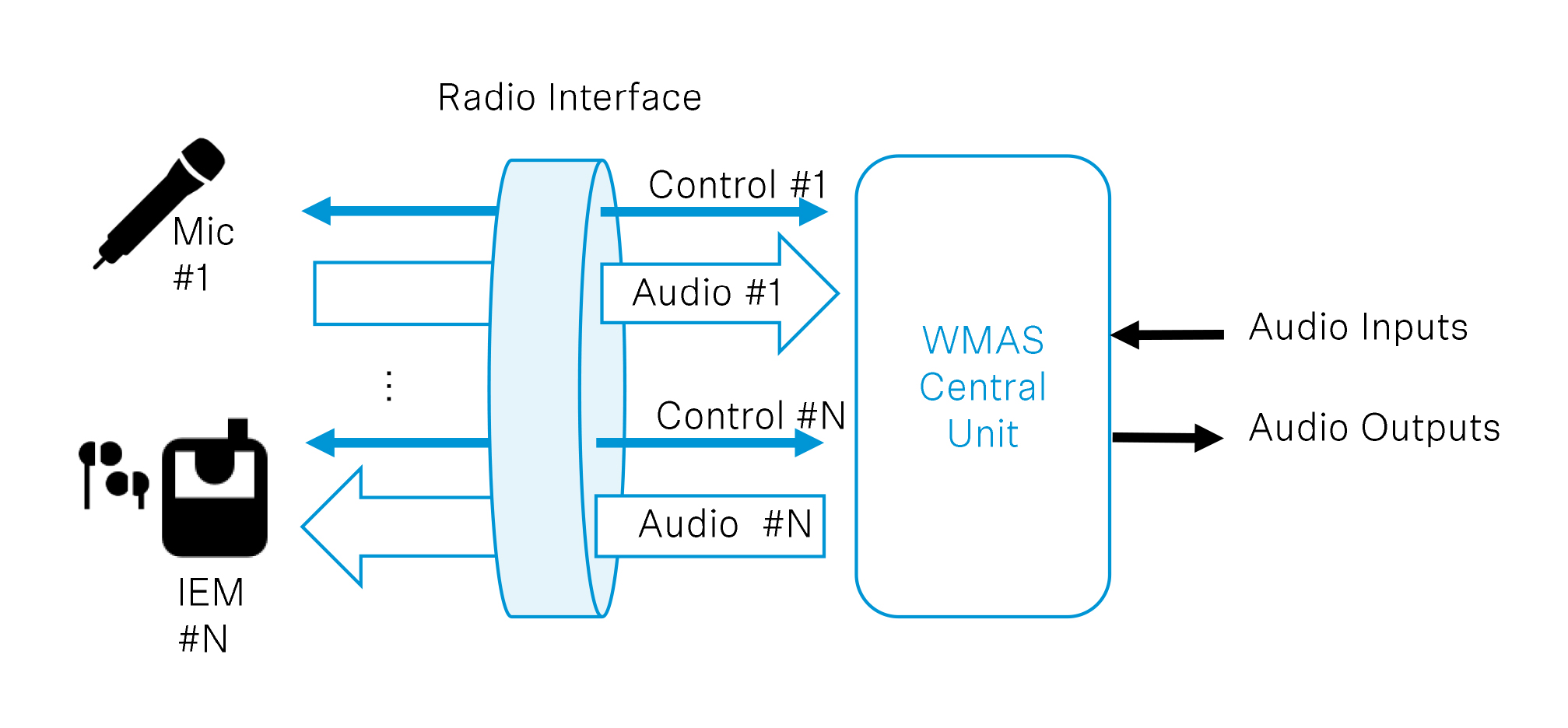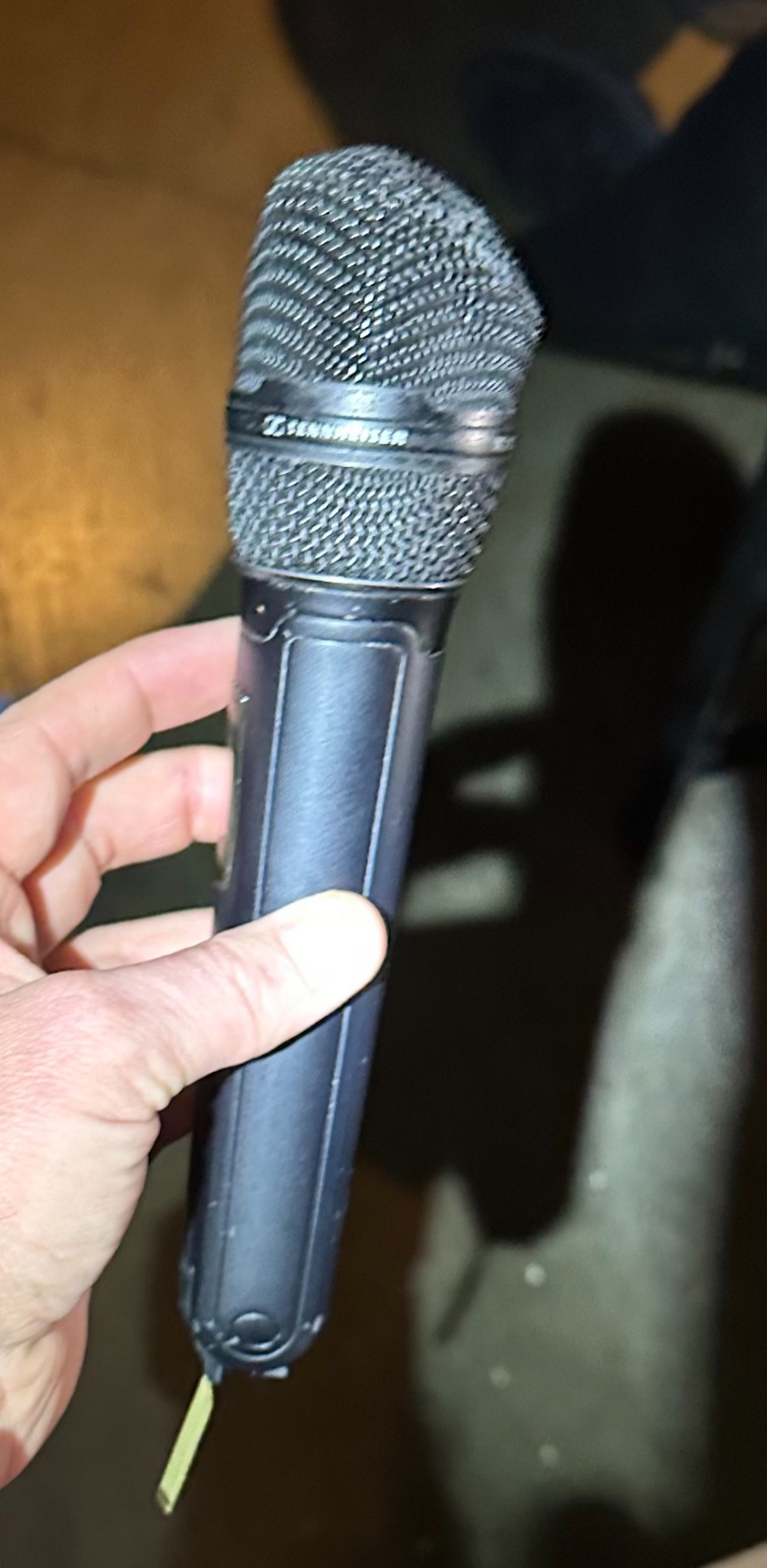In our technology context, redundancy means the doubling of various subsystems to ideally ensure operation without interruption, even when one subsystem fails. Therefore, when considering redundancy, all subsystems are evaluated for their probability of failure, and a decision is made to duplicate them or not.
An obvious solution to avoid a single point of failure in a technical system is to duplicate the entire system. Examples in pro audio would be duplicate mixing consoles, or a console with dual redundant engines, for major televised live audio events, or duplicate equipment racks at a broadcasting facility.
Redundancy in live audio: Two DiGiCo Quantum 5 consoles mirrored at the FOH position of the opera 'The Canal Ballad’ at the opening performance of the Beijing Performing Arts Centre in December 2023.
(Image courtesy of Racpro)
In the case of a wireless audio system this would mean building the entire wireless audio system twice, using different frequencies, separate power supply circuits, ideally generators, too, setting up the duplicate systems at some distance and so forth. However, from an economical point of view, this does not make sense for most practical applications.




